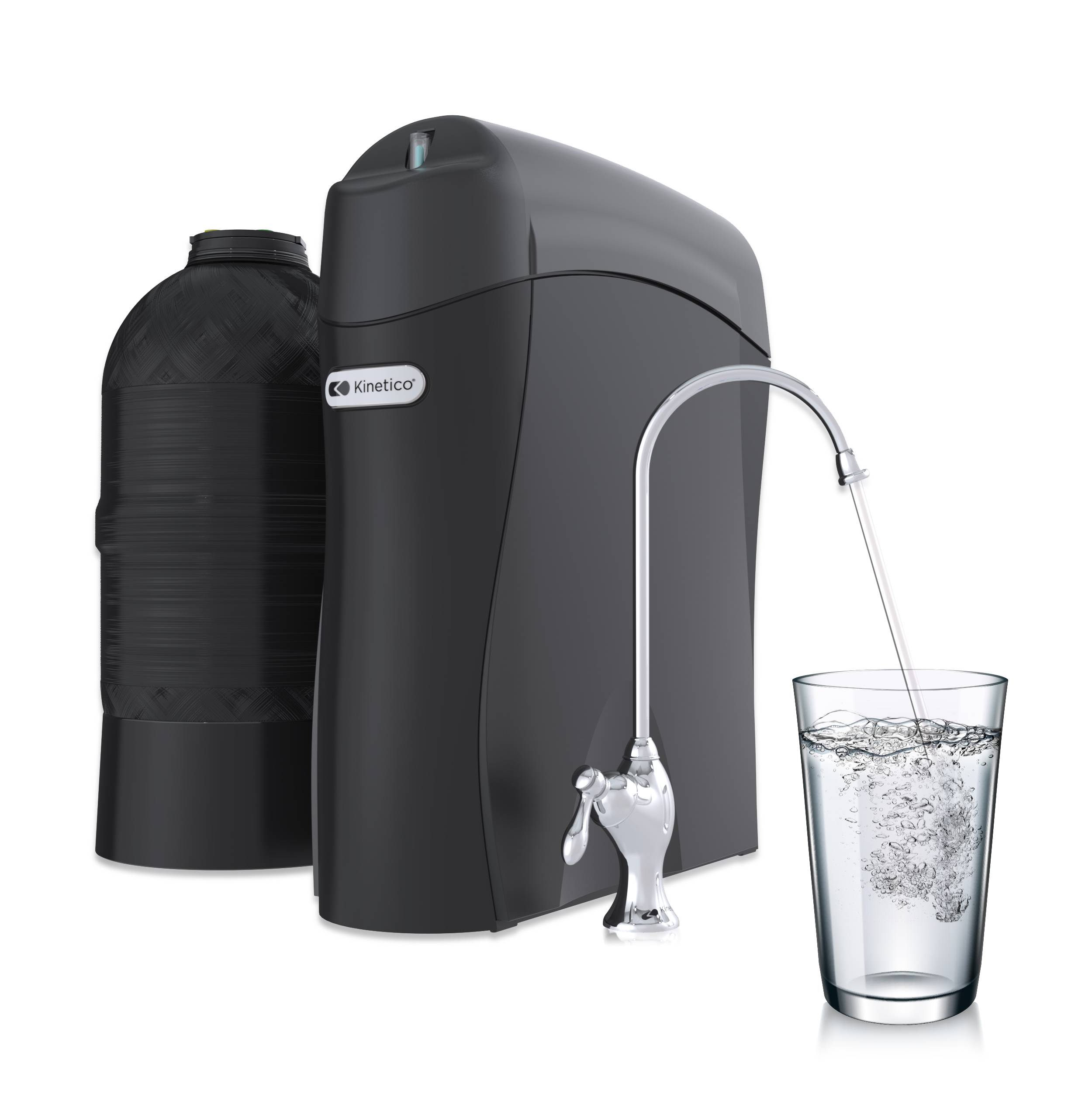“The elephant in the room” is probably one of the most overused phrases in the last several years. It is basically meant to call attention to an impending situation which we know is looming but choose to ignore in the hope that it goes away. A current example of this elephant is the overall health of our drinking water. A recently published report by the DWRF (Drinking Water Research Foundation) is a must read. Entitled “Microbial Health Risks of Regulated Drinking Waters in the United States”, this report provides a comparative assessment of health risks associated with drinking tap water vs. drinking bottled water. It was authored by Dr. Stephen Edberg of Yale University who is an internationally recognized expert in the field of public health especially as it pertains to water and water treatment. (I had the opportunity to meet him in 2002 at the World Health Organization symposium on HPC Bacteria in Drinking Water in Geneva, but that’s another story.) The purpose of Dr. Edberg’s report is to help educate the public with regard to the risk of contracting a waterborne illness from a public water supply by contrasting it to bottled water. It does so by focusing on the differences in the following areas: regulations, standards, monitoring, advisories and distribution. For those of you that are not going to read the report (although I urge you to, it’s actually a pretty quick read), here is the “CliffsNotes” version with some commentary at the end.
Regulations: Both public drinking water and bottled water are heavily regulated. Public drinking water is regulated by the EPA under the Safe Drinking Water Act (SDWA). Bottled water is regulated by the FDA under The Federal Food, Drug and Cosmetic Act (FFDCA) as it is considered a food product.
Standards: “Federal law requires that FDA’s regulations for bottled water must be at least as protective of public health as EPA standards for tap water.” Where these two differ is in microbial contaminants. EPA currently has no standards for total coliform or E. coli in source waters, only in finished water. In contrast, if a bottler is drawing water from a source other than a public water supply then both the source water and the finished water are subject to the standards.
Monitoring: It is in this section that the author shows the greatest discrepancy of the two. On a gallon for gallon basis the report shows that bottlers are required to test on a far greater frequency than public suppliers.
Advisories: What happens when the water fails to meet either EPA or FDA Microbiological Standards? Under the SDWA this typically involves issuance of a “Boil Alert”. Two things trigger a boil alert, 1.) Detection of E. coli or any other pathogenic organism, 2.) Loss of system pressure, such as in the case of a water main break. Under the FDA Standards, contaminated water is prohibited from entering the food supply, and is subject to a recall. Public notification in both cases is required.
Distribution: Bottled water is processed, monitored, packaged under sanitary conditions, held and transported with no further outside influence of potential contamination. Tap water is processed, monitored, disinfected and delivered to consumers through a system of underground piping. (You should start to see the elephant now.)
Throughout this report the author purposely calls attention to the differences in the two most common forms of water used for human consumption, with the goal of pointing out to the reader where the source of the problem lies…the distribution system elephant. It’s not at the water treatment plant that we have a problem. The personnel there do a fantastic job of taking water from all kinds of sources and qualities to provide us with a clean, abundant and safe supply. Many of us absolutely take it for granted. When we turn on the tap we expect clear, cold, clean water and we expect it now. The report addresses some of the causal factors for the loss of quality as it pertains to the distribution system, things like source protection, cross connection, backflow prevention, and leaks. Let’s face it; some of the pipes have been in the ground for a hundred years. All of this is considered infrastructure. Numerous reports have identified the need to repair and replace our aging Infrastructure. So why are we ignoring it? There are only 300-500 billion reasons. You guessed it, dollars. But, there may be an alternative solution, and mark my words, you will be hearing more about it, it’s the final barrier concept. Take some time to read the report; it’s not too long or too technical.



